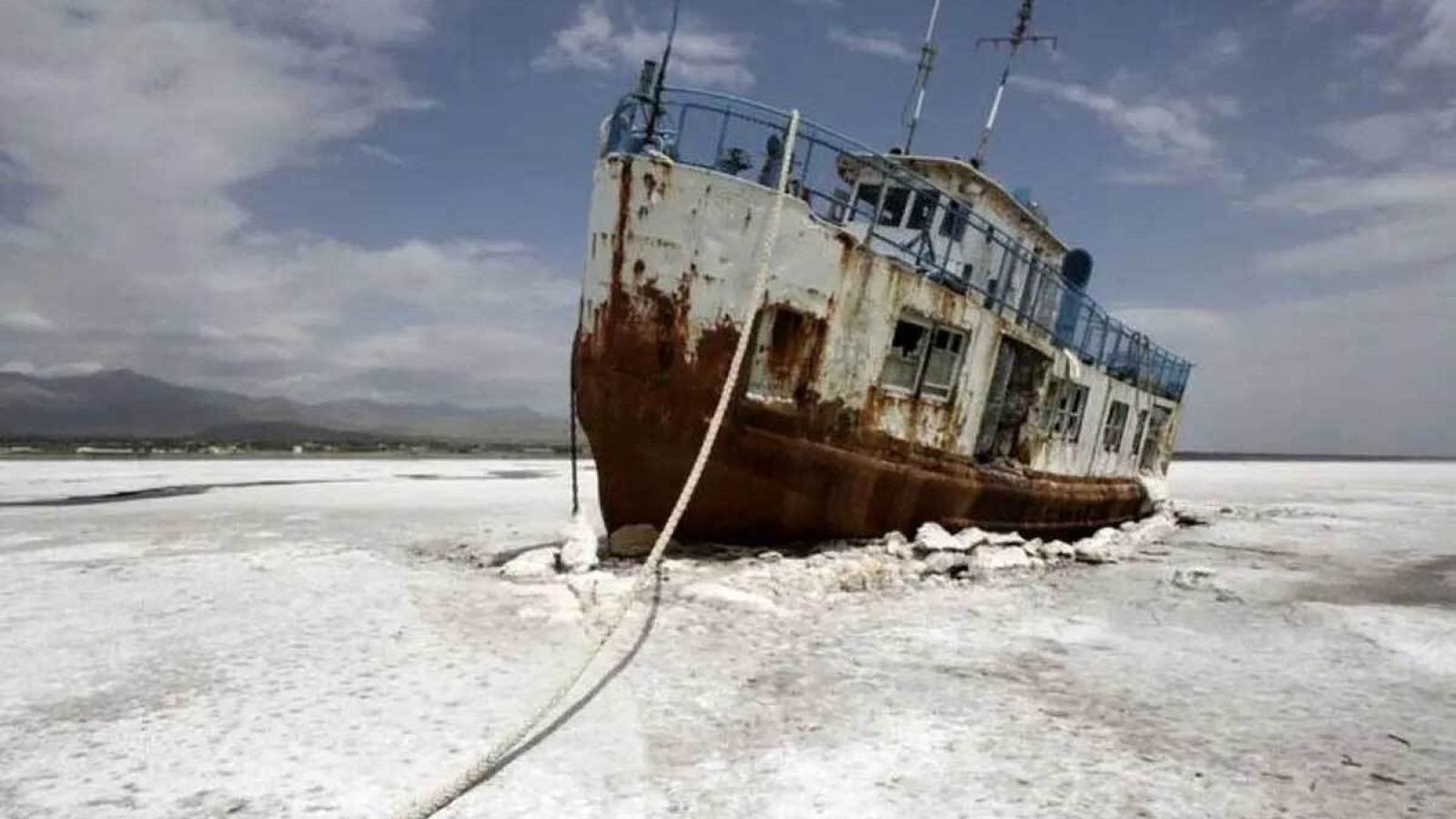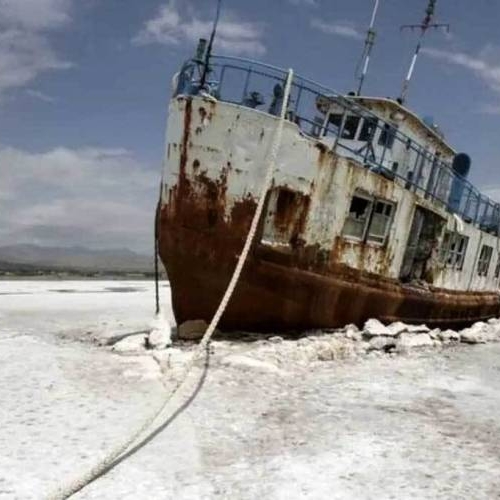During the Pahlavi era, Iran's environmental conditions were relatively better

environment
During the Pahlavi era, Iran's environmental conditions were relatively better due to specific policies aimed at preserving natural resources, protecting biodiversity, and controlling hunting. Wetlands, lakes, and rivers served as critical habitats for migratory birds, with Lake Urmia being a significant site.
During the Pahlavi era, Iran's environmental conditions were relatively better due to specific policies aimed at preserving natural resources, protecting biodiversity, and controlling hunting. Wetlands, lakes, and rivers served as critical habitats for migratory birds, with Lake Urmia being a significant site. This lake, known for its vastness and saline waters, hosted thousands of migratory birds each year, including flamingos, ducks, and pelicans, making it a vital wildlife sanctuary.
Rivers like the Zayandeh Rud and Karun, while not as prominent as Lake Urmia for migratory birds, also played an essential role in supporting local ecosystems. These rivers provided stable water sources and lush vegetation, which were conducive to a diverse range of flora and fauna, albeit to a lesser extent than the wetlands.
Today, however, the situation has drastically changed due to climate change, prolonged droughts, the construction of numerous dams, and poor water resource management. Lake Urmia, once a thriving habitat for migratory birds, has significantly shrunk, losing its ability to support avian populations due to water scarcity and rising salinity. Similarly, the Zayandeh Rud and Karun rivers have faced severe reductions in water flow, exacerbated by industrial pollution and urban demands.
The phenomenon of land subsidence due to excessive groundwater extraction has also emerged as a serious environmental threat in Iran. This situation not only harms agricultural productivity and water resources but also jeopardizes natural habitats, leading to a near halt in the migration of birds to these regions.
Overall, comparing the environmental status of Iran during the Pahlavi era with today reveals the detrimental impacts of climate change, human pressures, and mismanagement of natural resources. These factors have transformed Iran from a country rich in biodiversity to one facing a critical environmental crisis.
